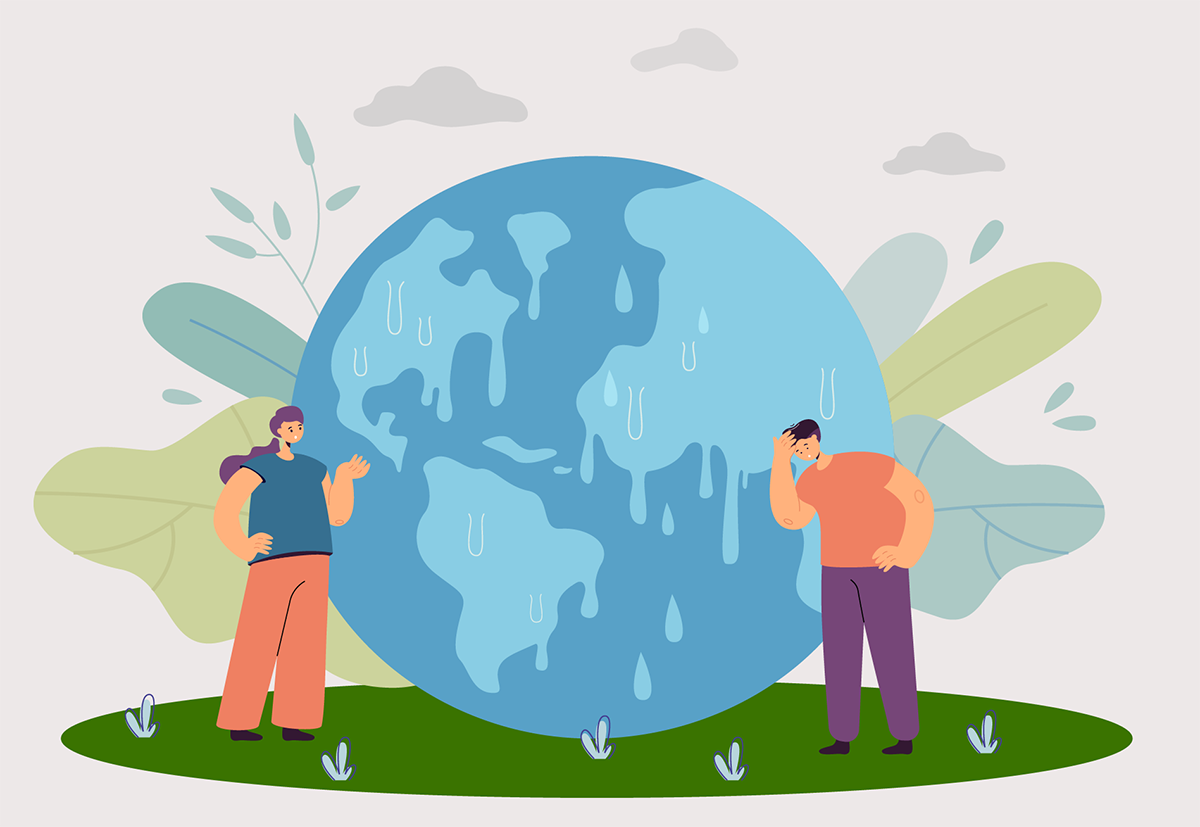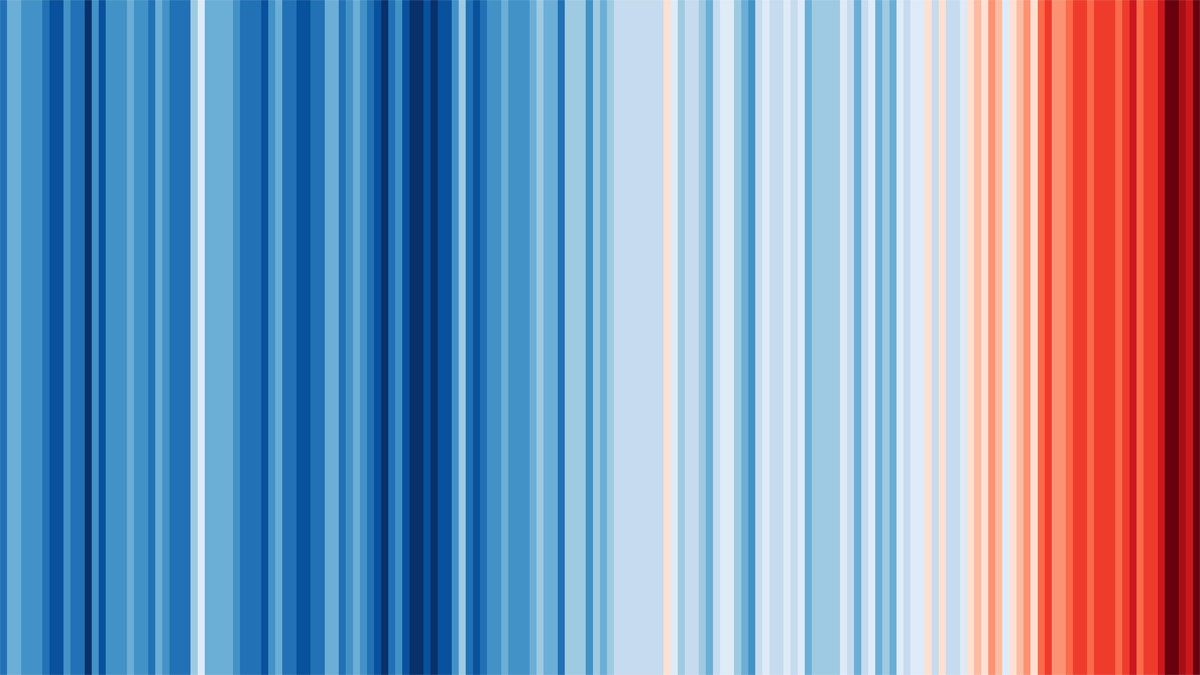Stepping out … put a Hat On!
The Hats on Everyone Initiative was created to encourage us to wear a suitable hat whenever we are outside for longer than 15 minutes in full sun.
Sun exposure is essential for good health but long-term overexposure can lead to potentially harmful and life-threatening skin cancers mainly later in life.
High-profile programs initially developed in Australia in the early 1980s to motivate us to slip, slop, slap, slide, etc. have provided us with guidance on personal sun protection with good outcomes. However, we need to do better. We tend to forget or maybe ignore this type of messaging and as a consequence, we are seeing growing incidences of skin conditions and skin cancers across our communities.
Our goal is to supplement this effort with specific messaging that will encourage us to wear a suitable hat whenever we step out into full sun for longer than 15 mins.
And our memories are not the only things that may be fading, our environment and our world are changing making sun protection even more important:
Our Planet:

The ozone layer, the earth’s first line of defense for blocking biologically damaging UVA, UVB, and UVC radiation, has been depleted from the long-term use of damaging chlorofluorocarbons (CFC’s) which had been used predominantly for air-conditioning products.
-
- Even though these compounds have been banned since 1980 under the Montreal Protocol, their replacements – hydrofluorocarbons (HFC’s) have now been found to be damaging as well and are being phased out over the next thirty years
- As a consequence it is not expected we will see the levels of ozone experienced prior to 1970 until well after 2050
- By the end of the second decade of the 21st century – seven of the hottest consecutive years on record had been recorded
- During summer, the earth’s orbit brings Australia closer to the sun (as compared to Europe during its summer), resulting in an additional 7% solar UV intensity. Coupled with our clearer atmospheric conditions, this means that Australians are exposed to up to 15% more UV than Europeans
- Compounding this factor is climate change from growing greenhouse gas emissions along with increasing temperatures, corresponds to more intense levels of UV radiation during the day
Our Health:
The single biggest cause of damage to your skin as you age is sun exposure. This damage is known as photoaging and starts from your mid-teens and people spend billions of dollars annually to counteract it.
- Our skin is the largest organ in our bodies and its importance to our health cannot be understated
- Actinic keratosis – the most common skin condition – is a rough, scaly patch on the skin that develops from years of sun exposure often found on the face, lips, ears, forearms, scalp, neck, or back of the hands. It is the most treated skin condition by dermatologists and a precursor to skin cancer
- Two out of three Australians and New Zealanders, one in five Americans, and one in six Britons will develop skin cancer in their lifetime. The cost of treatments just in Australia is over $2B dollars annually
- Over 2,500 people die from skin cancer and over 750,000 people are being treated annually for – melanoma, basal cell carcinomas, and squamous cell carcinomas every year in Australia
- Scientific evidence suggests that more than 90% of skin cancers could potentially be prevented by reducing overexposure to UV radiation throughout life.

What is a Suitable Hat and what is Full Sun:

Suitable Hats:
There are many hat types and styles available. Our goal is to provide guidance based on research and real-life experiences that will provide you with effective long-term sun protection.
Best hats have a
- Full, 360 degree, brim
- Brim width of 50 – 70mm
- Hard or soft material construction
- UPF30+ or better rating
Full Sun:
Whenever the UV Index is 3 or greater. Which is most of the year somewhere in Australia and summer months in the northern hemisphere.
Our Messaging:
Our messaging methodology is focused on being visible in as many physical locations and virtual mediums as we can to share our initiative. So how are we doing that?
Our Poster Program:
Physical presence – we are developing large posters (half size) that can be placed generally near the exits of medical, government, community, and corporate and office spaces. These posters are very specific using either a vector image or real-life people with targeted messaging and links to various resources.
Virtual Mediums:
We are using all the social channels that we are able to access – Instagram, Facebook, Twitter, Tik Tok etc.
Climate Stripes:

